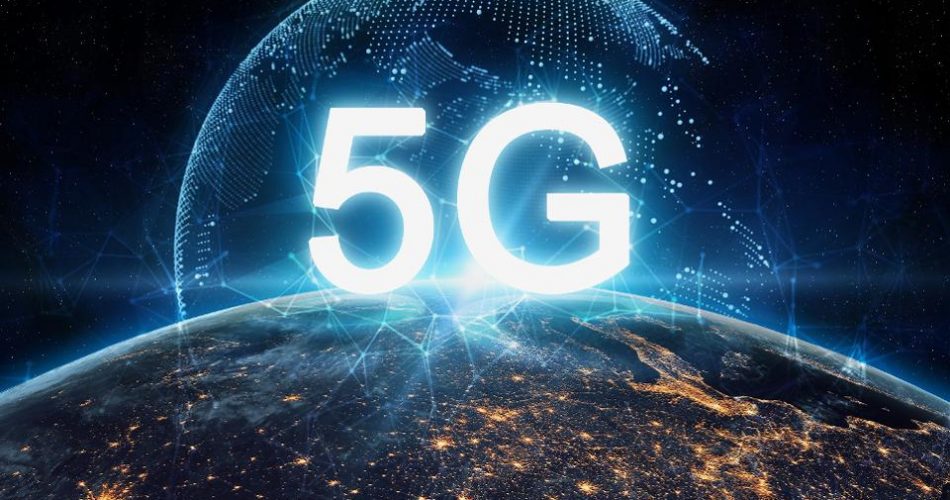GSMA and O-RAN Alliance team up on 5G radio technology
Open radio technologies could reduce costs and drive innovation

The GSMA and O-RAN Alliance have agreed to work together on the development of open and interoperable radio access network (RAN) technologies.
RAN describes the hardware and software that handle the transmission of data from the device to the base station. New 5G radio technologies will be more intelligent and efficient, maximising the use of spectrum and enabling more reliable signals.
Traditional methods of procurement have seen operators deploy integrated cell sites comprising radio, hardware, and software from a single supplier. This approach makes it difficult to mix and match innovations and poses a significant barrier to entry for other vendors.
- Vodafone holds Europe's first OpenRAN trial
- 5G in the UK: the what, where and how much
- Ericsson joins O-RAN to drive intelligent 5G radio development
Open RAN
The RAN market is dominated by Ericsson, Huawei and Nokia, but proponents of open RAN believe the use of open interfaces can lower the barriers to entry for smaller players – potentially reducing costs and driving innovation.
5G has increased the appetite for a more flexible model, with operators rearchitecting their networks with cloud cores and software-defined networking (SDN) so they can be more agile in terms of operations and in rolling out new services.
Proponents of open RAN believe it can drive user experience and allow operators to become more agile. In theory, operators would be able to mix and match components from different vendors rather than being locked into a single supplier.
Incidentally, Ericsson and Nokia are two of the O-RAN Alliance’s 170-strong membership of operators, vendors and research institutions.
Are you a pro? Subscribe to our newsletter
Sign up to the TechRadar Pro newsletter to get all the top news, opinion, features and guidance your business needs to succeed!
The partnership between the GSMA and the O-RAN Alliance, which counts more than 170 mobile operators, vendors and research institutions among its members, aims to accelerate an industry-wide consensus on the adoption of open, interoperable interfaces and RAN virtualisation.
“When 5G reaches its potential, it will become the first generation of mobile networks to have a bigger impact on enterprises than consumers,” said Alex Sinclair, GSMA CTO. “In the enterprise sector alone, we forecast $700 billion worth of economic value to be created by the 5G opportunity. The growth of the open networking ecosystem will be essential to meeting enterprise coverage and services needs in the 5G era.”
"As the demand for data and vastly expanded mobile communications grow in the 5G era, a global, cross-border approach is needed to rethink the RAN,” added Andre Fuetsch, O-RAN Alliance chairman, and AT&T CTO. “The GSMA collaboration with the O-RAN Alliance is exactly the sort of global effort that's needed for everyone, operators and vendors alike, to succeed in this new generation.”
Earlier this year, the O-RAN Alliance agreed to work with the Telecom Infra Project’s (TIP) OpenRAN project to accelerate the development of an open ecosystem and ensure interoperability. Nokia has lent its support to the Open
- Here are the best 5G phones of 2020
Steve McCaskill is TechRadar Pro's resident mobile industry expert, covering all aspects of the UK and global news, from operators to service providers and everything in between. He is a former editor of Silicon UK and journalist with over a decade's experience in the technology industry, writing about technology, in particular, telecoms, mobile and sports tech, sports, video games and media.